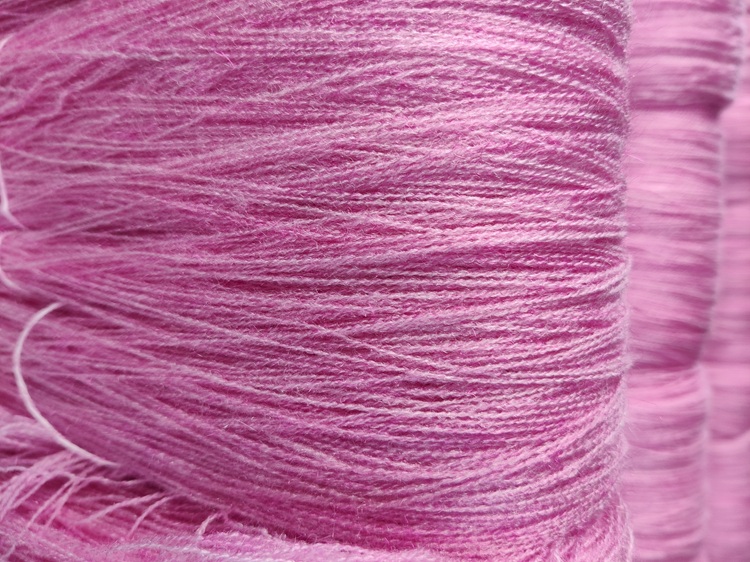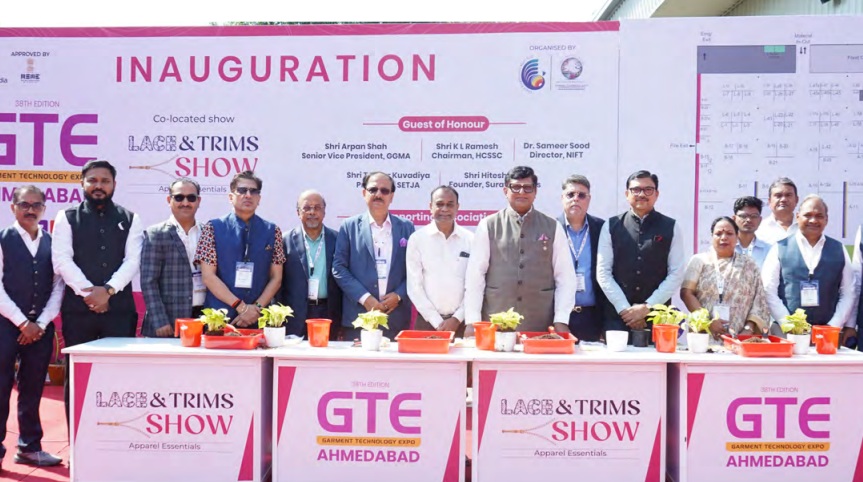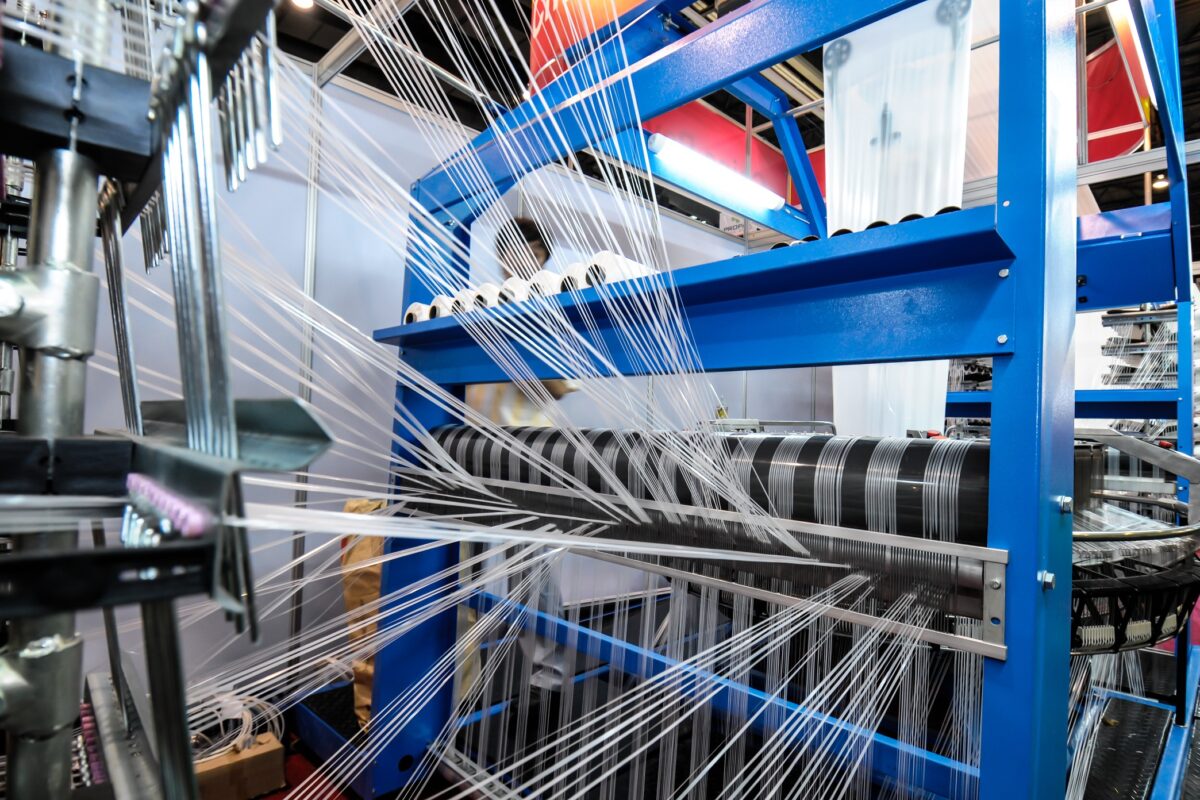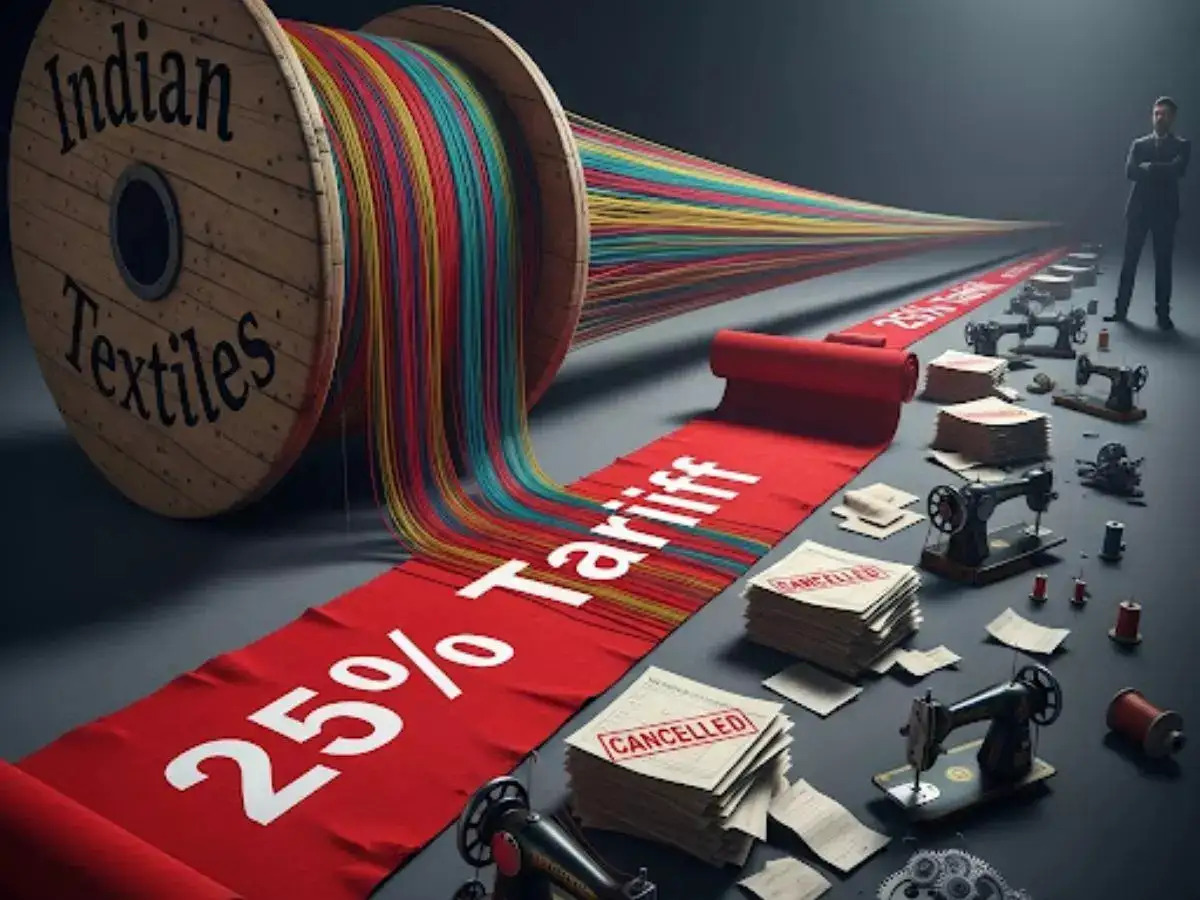Luxury sales in India are experiencing double-digit growth as the number of high-income households in India is projected to double by 2030. This demographic shift, combined with rising disposable incomes, is fueling a strong appetite for luxury goods and experiences.
Luxury brands are increasingly creating exclusive products and collections tailored to Indian tastes and cultural events. For example, some watch brands are launching India-inspired timepieces, and luxury porcelain houses are creating sculptures of religious figures.
India's vibrant festive and wedding seasons are a major catalyst for luxury spending. The high number of auspicious wedding dates in 2025 has created a significant opportunity for luxury fashion houses, jewelers, and other high-end brands.
The luxury real estate market is also booming, with sales of homes priced at Rs 4 crore and above increasing by 85 per cent in H1, FY25. This reflects a growing consumer confidence and a desire for premium living. While major cities like Delhi and
Mumbai remain luxury hubs, brands are increasingly expanding into Tier-I and Tier-II cities. E-commerce platforms are also playing a crucial role by making luxury goods accessible to consumers in smaller towns.
Younger, affluent consumers, including Gen Z, are driving a new trend. They are not just buying products but are also investing in luxury experiences and ‘quiet luxury,’ which focuses on quality and craftsmanship rather than overt branding.
Overall, the luxury market in India is poised for a record-breaking year. It's a key growth engine for global luxury brands looking to expand their presence, especially as other major markets like China face a slowdown.












